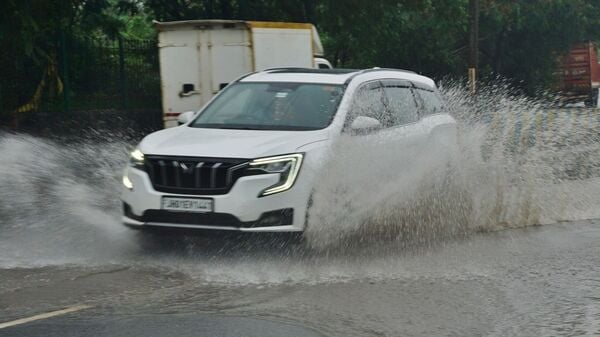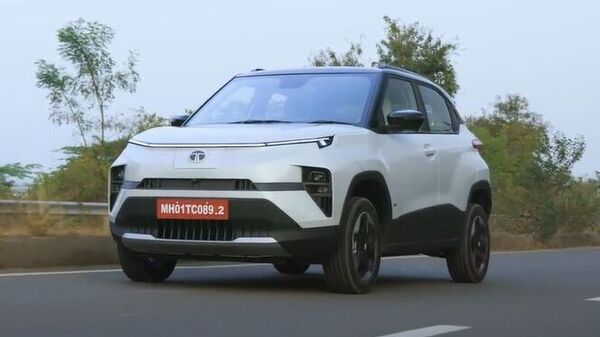
After rain, dirt & grime treatment, it's time for post-monsoon car maintenance. Key tips
6 months ago | 66 Views
The first and foremost maintenance step you should take for your car's post-monsoon care is giving it a proper and thorough wash. During monsoons, cars endure muddy roads and heavy rainfall, which results in the vehicles' exteriors getting covered in dirt, grime and contaminants. A thorough cleaning is necessary to get rid of these. While you can always take the car to a fuel station or workshop for washing it, this can be done at home as well. Use a pH-balanced car shampoo to remove the dirt gently. Other things you would require are microfibre cloths, a wheel cleaning brush and a bucket full of water. However, for cleaning the undercarriage and wheel well, you may need a pressure washer, as these locations contain the most mud and debris. After cleaning the car properly, you can add some wax to give the paint a protective layer.
Rust is a nightmare for most car owners and the risk of this increases during monsoon. Water and air together take a toll on the car's metal parts and result in developing rust, which can eat away the key metal parts of the vehicle if left untreated. After the monsoon, make sure to inspect the car thoroughly for any rust. In case of rusting, it is best to take the car to a workshop and get it treated. Also, applying an anti-rust coating protects the underbody metal parts of the vehicle from riusting issued in the long term.
Tyre inspection is a vital part of the regular car care regime, irrespective of season. Monsoon season can result in wear and tear for the tyres. The potholes, dirty water, mud and grime take a toll on the rubbers of the tyes. Also, driving habits, and braking impact the tyres. It is important to inspect the tyres' tread depths and signs of uneven wear on the tyres. In case of uneven wear and tear, and lack of tread depth it is best to replace the tyre.
Like the exterior, the cabin of a car too bears the brunt of monsoon. Moisture and humidity can result in developing mold and mildew inside the cabin. The dampness inside the cabin causes a weird smell. These should be treated immediately to avoid long-term issues. Make sure to vacuum the seats, carpets and floor mats to remove accumulated dirt and moisture. Use a good interior cleaner to clean the dashboard, door panels and other hard surfaces. Keeping a moisture absorber and dehumidifier can be useful. Also, keep an air freshener in cabin.
Electrical components of a vehicle bear the brunt of monsoon. The electronics and electricals onboard a modern car are vulnerable to water damage. Hence, once the monsoon is over, check the electrical components like the lighting system. If you find and malfunction, fix that. Also, check the battery terminals for corrosion and fix if there is any.
Read Also: Whatever happened to Tesla coming to India? A complete timeline of yay and nay
HOW DID YOU LIKE THIS ARTICLE? CHOOSE YOUR EMOTICON !





















